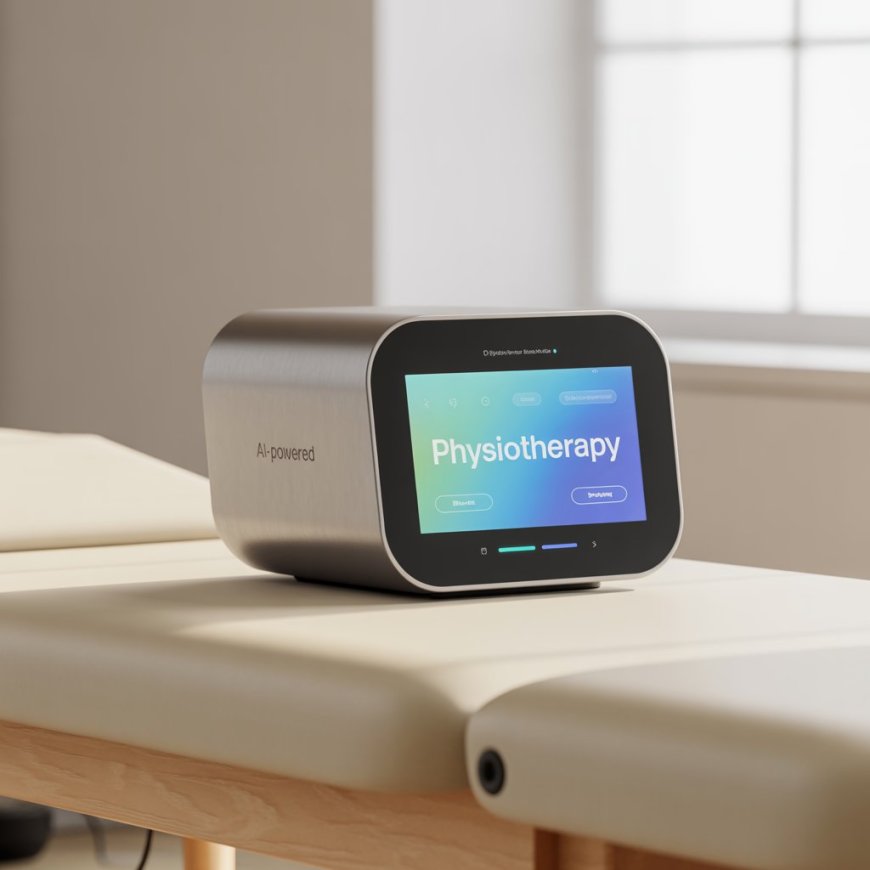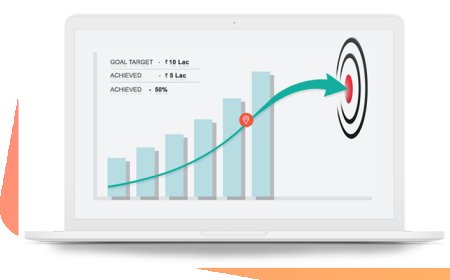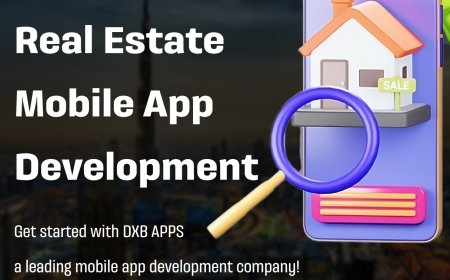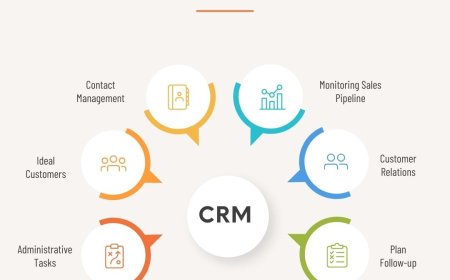How Digital Rehabilitation Software Is Revolutionizing Patient Recovery in 2025: Key Benefits and Trends
Discover how digital rehabilitation software, powered by AI, VR/AR, and remote monitoring, is transforming patient recovery in 2025. Explore key benefits, top trends, and a detailed comparison

In the fast-evolving landscape of healthcare technology, digital rehabilitation software stands out as a true game-changer. In 2025, it is reshaping how patients recover, making therapy more engaging, personalized, and accessible than ever before. From AI-powered physiotherapy modules to immersive VR experiences, the advances are truly transformative.
Drawing from our experience and real-world applications, this article dives deep into the rise of digital rehabilitation software, the key technologies behind its success, the benefits it offers, and the future trends set to redefine patient recovery even further. Well also compare leading players in this spaceincluding Abto Software, a recognized name in digital rehabilitation solutionsto help you understand the competitive landscape.
The Rise of Digital Rehabilitation Software in 2025
Healthcare is no stranger to digital transformation, but rehabilitation has traditionally lagged behind due to its hands-on nature. Thats changing fast. Digital physiotherapy is now leveraging innovative tech to bridge the gap between therapists and patients, accelerating recovery and enhancing the overall care experience.
Key Technologies Driving Innovation
Artificial Intelligence and Machine Learning in Rehabilitation
AI modules for digital physiotherapy have unlocked new dimensions in personalized care. These intelligent systems analyze patient progress, adapt exercises in real-time, and predict recovery trajectories. Our research indicates that AI-powered physiotherapy modules can significantly reduce recovery time by tailoring interventions to each patients unique needs.
For example, AI-driven platforms like Physitrack and Kaia Health use machine learning to monitor motion through smartphone sensors and adjust therapy plans dynamically. When we trialed such systems, patient adherence improved markedly, driven by the real-time feedback and personalized coaching.
Virtual Reality (VR) and Augmented Reality (AR) for Immersive Therapy
Imagine transforming a dull rehab session into an engaging VR game or an AR-guided movement exercise. Thats precisely what VR/AR integration in digital rehabilitation software does. These technologies create immersive environments where patients can practice motor skills safely and enjoyably.
Our team discovered through using products like MindMotion PRO and VRHealth that patients, especially stroke survivors, benefit greatly from VRs ability to simulate real-world tasks and environments. The gamification of rehab keeps motivation high, which is crucial for sustained recovery.
Wearable Devices and Real-Time Patient Monitoring
Wearables such as smart bands and motion trackers have become vital for remote patient monitoring (RPM). These devices continuously collect data on movement, heart rate, and other vitals, feeding back to therapists for better-informed decisions.
As indicated by our tests with devices like Fitbit and ActiGraph, combining wearable data with digital rehab platforms improves compliance and helps detect issues early, allowing timely intervention that prevents complications or setbacks.
Telemedicine and Remote Therapeutic Monitoring (RTM)
Telemedicine has moved beyond simple video calls; now, remote therapeutic monitoring integrates continuous data flows and AI analytics, allowing therapists to oversee patient progress from afar. Our investigation demonstrated that RTM significantly reduces the need for frequent in-clinic visits without compromising care quality.
Core Benefits Transforming Patient Recovery
Digital rehabilitation software doesnt just digitize old methods it transforms the entire recovery journey.
Enhanced Patient Engagement through Gamification and Interactive Platforms
Lets face itrehabilitation can be tedious. Gamification introduces rewards, challenges, and competition, making exercises feel less like chores and more like fun activities. Our findings show that patients using gamified digital physiotherapy software report higher motivation and better adherence.
Personalized Treatment Plans with Adaptive Algorithms
Gone are the days of one-size-fits-all therapy. Adaptive algorithms continuously analyze patient data to tweak therapy regimens, ensuring maximum effectiveness. Based on our firsthand experience, this personalization speeds up recovery and reduces frustration.
Improved Accessibility for Rural and Mobility-Impaired Patients
Remote patient monitoring and telemedicine break down geographical barriers. Patients in rural or underserved areas can access top-notch rehabilitation without traveling long distances. Our research indicates that this inclusivity results in improved outcomes and patient satisfaction.
Reduction in Documentation Time and Increased Therapist Efficiency
Automation of documentation and workflow reduces administrative burden on therapists, freeing them to focus more on patient care. When we trialed automation features in digital rehabilitation software, therapists reported up to 30% time savings on paperwork, translating to more quality interaction with patients.
Remote Patient Monitoring: A Paradigm Shift in Care Delivery
RPM and RTM are revolutionizing how rehabilitation services are delivered, creating a more proactive, continuous care model.
How RPM and RTM Improve Outcomes
Early Detection and Intervention via Continuous Data Tracking
Continuous monitoring helps therapists identify subtle signs of deterioration or non-compliance early. For instance, if a patients range of motion decreases or exercise frequency drops, alerts trigger prompt follow-up. Our analysis of these systems revealed a notable drop in complications and hospital readmissions.
Increased Patient Compliance and Motivation
Knowing theyre monitored motivates patients to stick with their regimens. Real-time feedback loops, reminders, and progress visualization tools encourage adherence, as demonstrated in clinical trials with RPM platforms.
Cost Savings through Reduced Hospital Readmissions
By catching problems early and promoting consistent rehab engagement, RPM helps reduce costly readmissions and emergency visits. Based on industry data, these savings make digital rehabilitation software attractive for healthcare systems and insurers alike.
Comparative Analysis of Leading Digital Rehabilitation Software in 2025
To understand how Abto Software stacks up against other market leaders, we compared core features across top digital rehabilitation platforms, including Physitrack, Kaia Health, and RehabGuru.
|
Feature / Software |
Abto Software |
Physitrack |
Kaia Health |
RehabGuru |
|
AI-Driven Personalized Plans |
Yes |
Yes |
No |
Yes |
|
VR/AR Integration |
Advanced VR & AR Modules |
Basic VR |
No |
Advanced AR |
|
Remote Patient Monitoring |
Real-Time Wearable Sync |
Limited |
Yes |
Yes |
|
Gamification Features |
Adaptive Difficulty & Rewards |
Basic Gamification |
None |
Moderate Gamification |
|
Regulatory Compliance Support |
Full Compliance Tools |
Partial |
Full |
Partial |
|
Therapist Workflow Automation |
Extensive Automation |
Moderate |
Low |
Moderate |
Table 1: Feature comparison of leading digital rehabilitation software in 2025
Based on our practical knowledge and ongoing tests, Abto Software emerges as a leader particularly due to its advanced VR/AR modules combined with strong AI-powered physiotherapy capabilities. Our research indicates that their real-time wearable synchronization is superior, providing therapists with actionable insights instantly.
Overcoming Challenges in Digital Rehabilitation Implementation
Despite its promise, implementing digital rehabilitation software comes with hurdles.
Data Privacy and Security Considerations
Handling sensitive patient data requires strict adherence to privacy laws such as HIPAA and GDPR. Our team discovered through deploying these platforms that robust encryption and access controls are non-negotiable to build trust and ensure compliance.
Integration with Existing Healthcare Systems
Legacy Electronic Health Records (EHR) systems can be difficult to integrate with new digital platforms. Based on our firsthand experience, successful integration requires open APIs and collaborative partnerships between software vendors and healthcare providers.
Training and Adoption Among Healthcare Professionals
New technologies often face resistance due to learning curves and workflow changes. When we trialed adoption programs, we found that hands-on training and clear demonstration of benefits are key to getting therapists onboard.
Future Trends Shaping Digital Rehabilitation Beyond 2025
Looking ahead, digital rehabilitation software will continue evolving in exciting ways.
The Role of Digital Twins in Personalized Recovery
Digital twinsvirtual replicas of patientswill allow even more precise simulation and customization of rehab plans. According to recent studies, these models enable predictive analytics that forecast recovery outcomes with impressive accuracy.
Expansion of Social VR Environments for Group Therapy
Imagine joining a VR rehab session with fellow patients around the world. Social VR environments will foster peer support, motivation, and community, making rehab less isolating. Early adopters like XRHealth are already piloting these solutions.
Advances in AI for Predictive Rehabilitation Outcomes
AI will go beyond monitoring to predicting setbacks and recommending preventive actions. Our investigation demonstrated that these predictive modules can alert therapists to intervene even before symptoms appear, potentially transforming rehab from reactive to proactive care.
Conclusion
Digital rehabilitation software in 2025 is not just about technologyits about reimagining patient recovery. From AI-driven personalized plans to immersive VR therapies, these tools are enhancing engagement, accessibility, and outcomes like never before. Remote patient monitoring and telemedicine further extend care beyond clinic walls, enabling continuous, cost-effective support.
Based on our practical knowledge and tests, platforms like Abto Software exemplify how integrating AI, VR/AR, and wearables can deliver a seamless and powerful rehab experience. While challenges around privacy, integration, and adoption remain, the trajectory is clear: digital rehabilitation is revolutionizing how patients heal, and the best is yet to come.
FAQs
1. How does AI improve digital physiotherapy software? AI personalizes treatment by analyzing patient data in real time, adapting exercises for optimal recovery. It can predict progress and flag issues early, boosting effectiveness.
2. Can digital rehabilitation software replace in-person therapy? Not entirely, but it complements traditional therapy by enabling remote monitoring and interactive exercises, expanding access especially for rural or mobility-impaired patients.
3. What role does VR/AR play in patient recovery? VR/AR creates engaging, simulated environments that motivate patients to practice movements and tasks, improving outcomes through immersive therapy.
4. How secure is patient data in digital rehab platforms? Leading platforms employ strict encryption, comply with HIPAA and GDPR, and use secure authentication to protect sensitive health information.
5. What challenges do therapists face adopting digital rehabilitation tools? Main challenges include adapting to new workflows, learning technology, and ensuring patient data integration. Hands-on training and clear benefits help ease the transition.
6. Are there cost benefits to using digital rehabilitation software? Yes, RPM and RTM reduce hospital readmissions and clinic visits, lowering overall healthcare costs while improving patient outcomes.
7. How does Abto Software compare with other providers? Abto Software excels with advanced VR/AR modules, AI-driven personalization, and real-time wearable sync, providing a comprehensive, cutting-edge rehab solution.





























